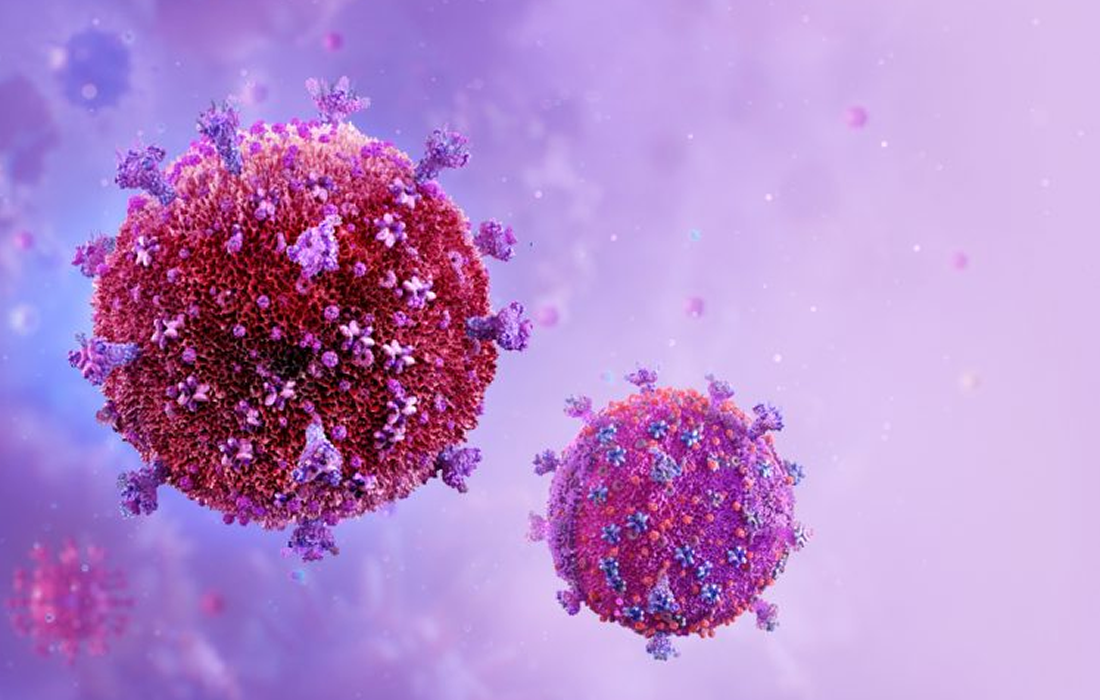Regenerative Medicine News and General Information
New Study Find Reduced Levels of HIV After Exosome-based Therapy
With the failure of the recent HIV-1 vaccine trial1 and ART inefficacies, such as treatment failure following drug resistance in up to 22%, poor compliance in up to 46%, adverse effects in up to 83% of people living with HIV-1, and poor central nervous system penetration, there is a need to re-evaluate the strategies to combat HIV-1 which causes AIDS.
How HIV Infects The Body?
HIV infects a type of white blood cell in the body’s immune system called a T-helper cell (also called CD4 cell). These vital cells keep us healthy by fighting off infections and diseases.
HIV cannot reproduce on its own. Instead, the virus attaches itself to a T-helper cell and fuses with it. It then takes control of the cell’s DNA, makes copies of itself inside the cells, and finally releases more HIV into the blood. HIV will continue to multiply and spread throughout the body, a process called HIV lifecycle.
By doing this, HIV weakens the body’s natural defenses and over time severely damages the immune system. How quickly the virus develops depends on a person’s general health, how quickly they are diagnosed and start antiretroviral treatment, and how consistently they take their treatment.
What are Exosomes?
Exosomes are a type of extracellular vesicle that contain constituents (protein, DNA, and RNA) of the cells that secrete them. They are taken up by distant cells, where they can affect cell function and behavior. They were first described as such 30 years ago and since implicated in cell–cell communication and the transmission of disease states, and explored as a means of drug discovery.
Intercellular communication through exosomes seems to be involved in the pathogenesis of various disorders, including cancer, neurodegeneration, and inflammatory diseases.
New Study Findings
A new National Institute of Health-funded study found reduced levels of HIV in bone marrow, spleen and brain following an exosome-based strategy to block HIV in a mice model. The group of researchers used exosomes, small nano-vesicles capable of being taken up by cells, to deliver a protein into the cells of mice infected with HIV. The protein attached to HIV’s genetic material and prevents it from replicating, resulting in reduced levels of HIV.
Different studies have tried to develop new therapies to treat and cure HIV, but there are numerous challenges. One of them is the ability of HIV to enter a dormant state, which gives it the ability to evade treatments and the virus can later reactivate.
One avenue researchers have been pursuing in their efforts to try to cure HIV is what is sometimes called a “block and lock” approach, particularly for targeting HIV in the brain. This method attempts to block the virus’ ability to replicate itself and lock it in its dormant state.
The researchers used exosomes to deliver the protein called ZPAMt into the HIV infected cells. The protein was designed to attach to the LTR region of the virus, a region that is of vital importance for replication. The protein can suppress the HIV’s genetic information, making the virus unable to replicate.
One advantage of exosomes is that they can cross the blood brain barrier and enter the brain, which some drugs can’t. Making the treatment more effective.
Their findings demonstrated that exosomes can be used to deliver proteins into HIV-infected cells in the body, including cells in the brain to silence replication of HIV. The researchers hope to continue their work in the future by using exosomes to deliver gene-excision machinery capable of cutting HIV out of the genome of infected people. They also hope to expand the use of exosomes beyond HIV treatment.
Source:
Shrivastava, S., Ray, R.M., Holguin, L. et al. Exosome-mediated stable epigenetic repression of HIV-1. Nat Commun 12, 5541 (2021).
https://doi.org/10.1038/s41467-021-25839-2
https://www.nih.gov/news-events/news-releases/researchers-use-exosome-based-strategy-block-hiv-mice
https://www.avert.org/about-hiv-aids/how-infects-body
Image from: https://www.drugtargetreview.com/news/97249/exosome-based-approach-reduces-levels-of-hiv-in-mice/

